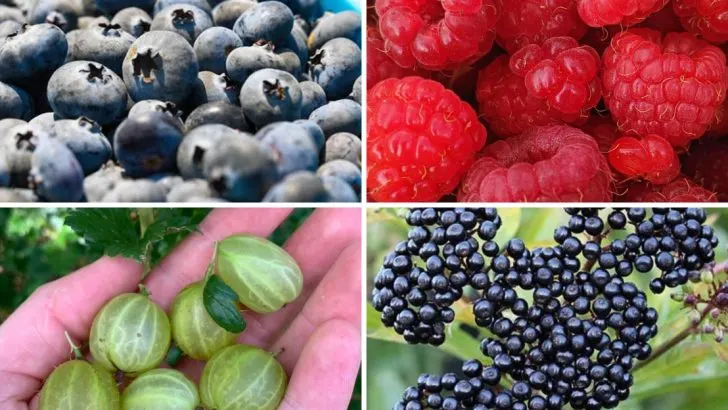Native berries are a fantastic addition to any garden, offering a blend of delicious flavor, ecological benefits, and ease of care.
Adapted to local climates and soil conditions, these plants thrive with minimal effort while providing food for both humans and wildlife. Incorporating native berries into your garden is a win-win for you and the environment.
In this guide, we’ll introduce 12 native berries that are as tasty as they are easy to grow.
Whether you’re looking to enhance your garden’s beauty, support pollinators, or enjoy fresh, homegrown fruit, these options are perfect for creating a sustainable and rewarding landscape.
Blueberry (Vaccinium spp.)
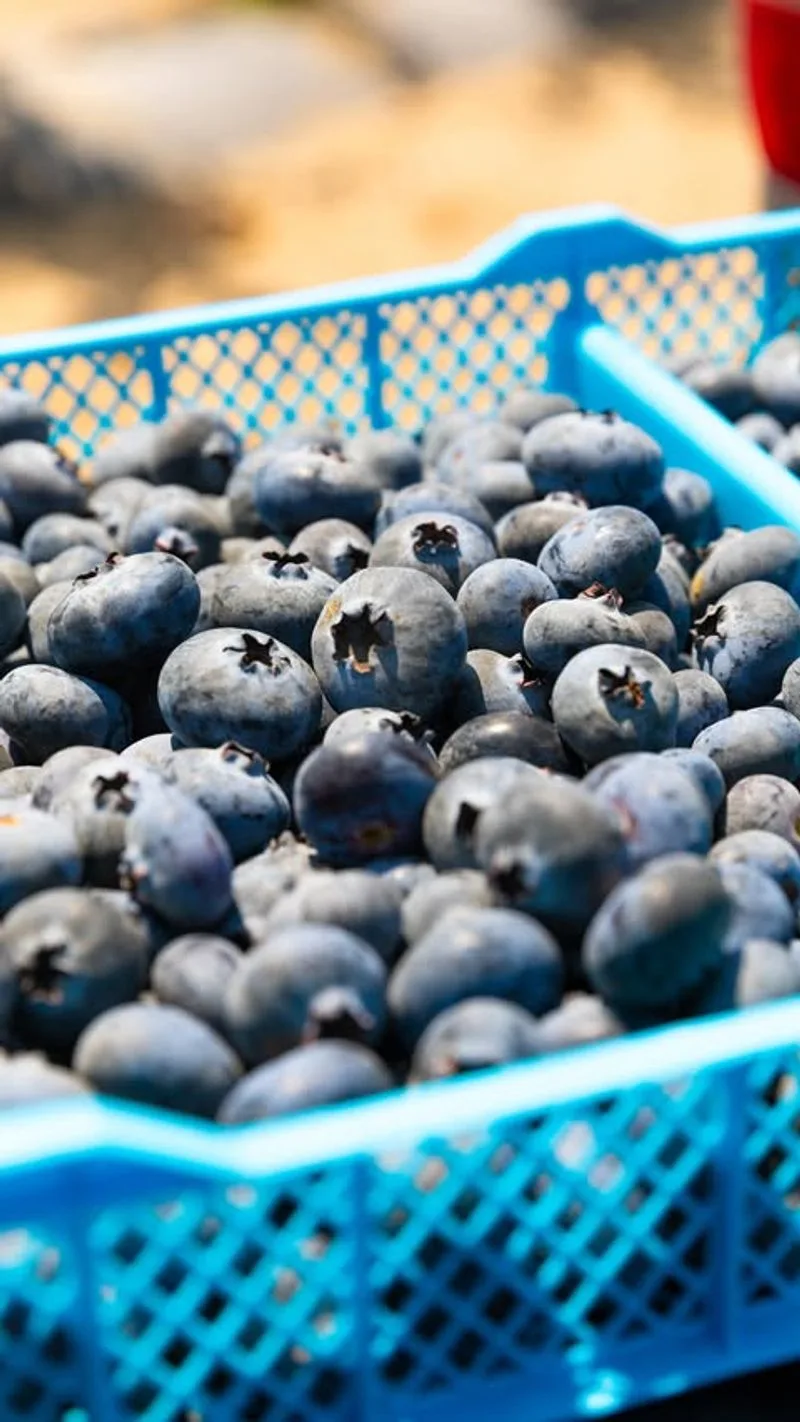
Blueberries are a favorite among gardeners for their sweet taste and ease of growing. These small, round berries are packed with antioxidants and can thrive in various soil types.
A sunny spot in your garden will keep them happy. Be sure to water them regularly to maintain soil moisture, especially during dry spells. Plant different varieties to extend the harvest season, and enjoy fresh blueberries from early summer to late fall.
Elderberry (Sambucus canadensis)
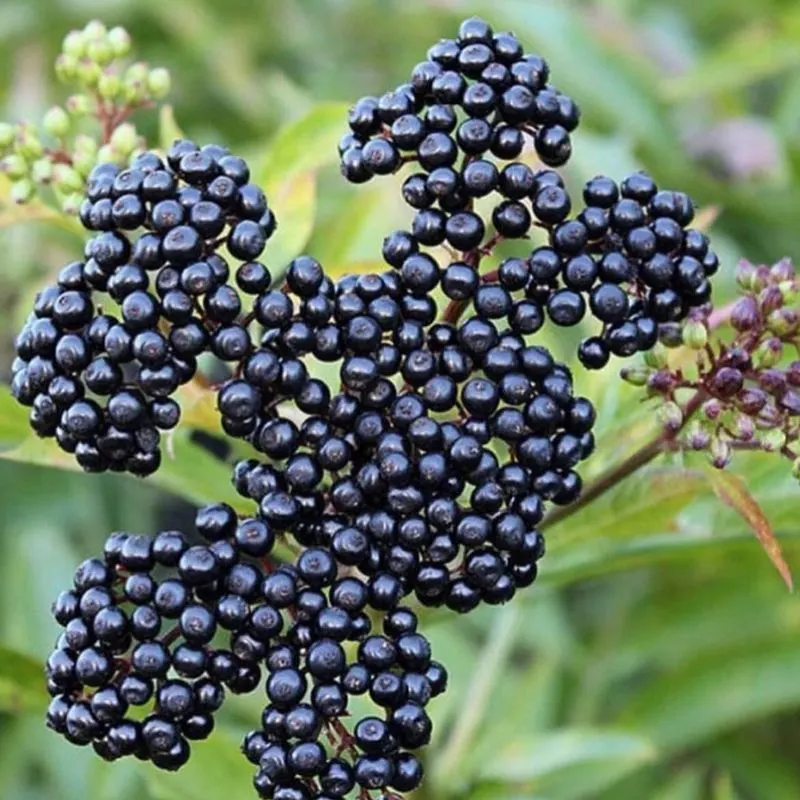
Elderberries offer a tart flavor that transforms in cooking, perfect for syrups and jams. These bushes are not only easy to grow but also attract pollinators, adding to their garden appeal. Plant them in well-drained soil where they can receive full sun to partial shade.
Elderberries are known for their health benefits, rich in vitamins and antioxidants. Regular pruning helps maintain their shape and encourages a generous yield.
Raspberry (Rubus idaeus)
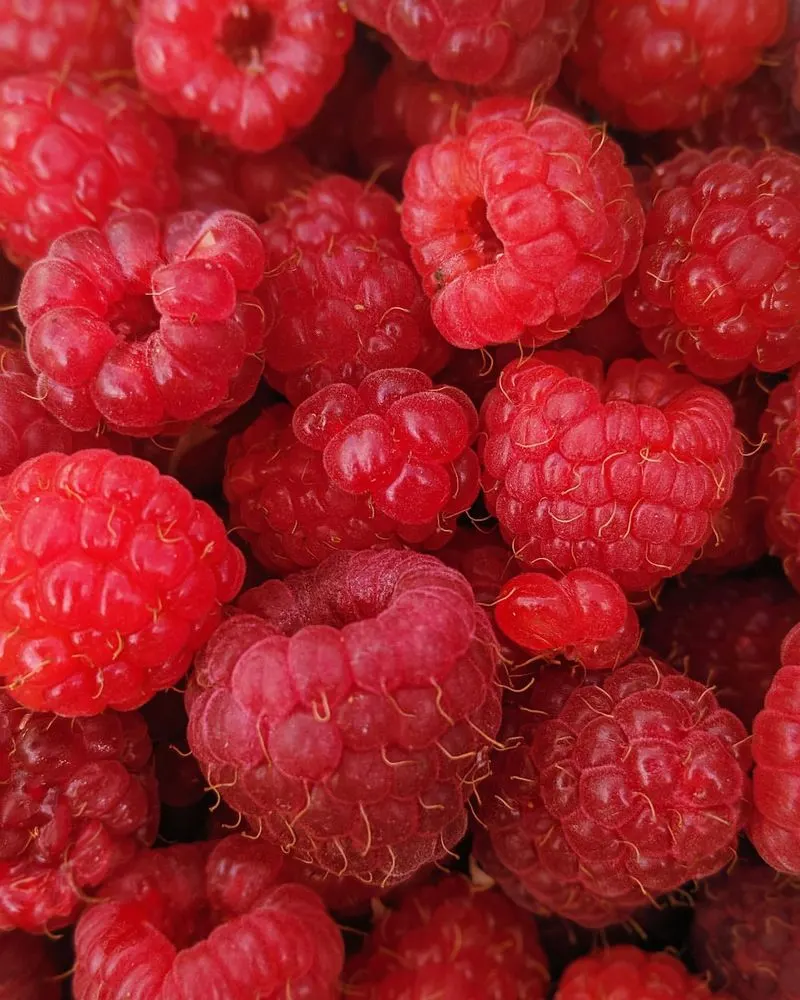
Raspberries are cherished for their succulent taste and versatility in the kitchen. These bushes are hardy and require minimal care, making them perfect for busy gardeners.
They prefer a sunny location with fertile, well-drained soil. To maximize fruit production, provide support with trellises or stakes. Pruning in late winter promotes healthy growth and abundant fruiting, ensuring a delightful harvest season.
Salal (Gaultheria shallon)
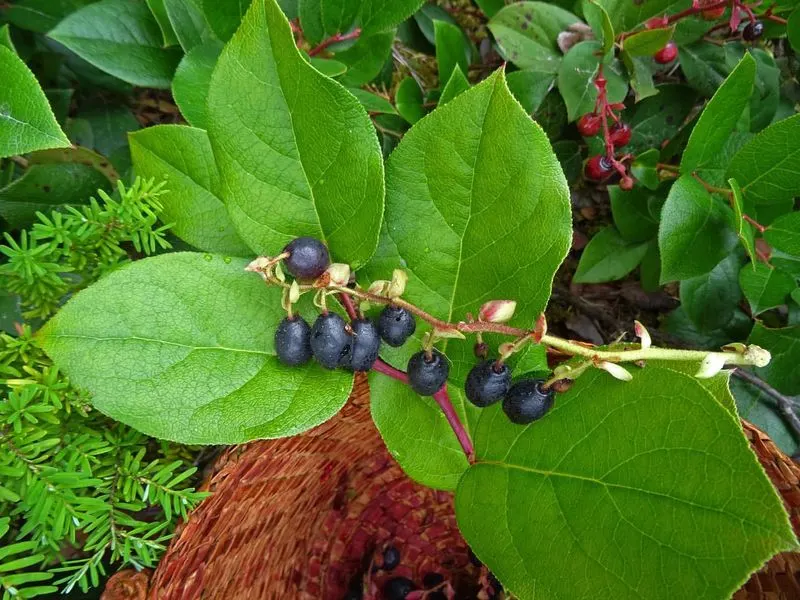
Salal berries, native to the Pacific Northwest, provide a unique taste often described as a mix of blueberries and blackberries.
This evergreen shrub thrives in shady, well-drained areas, making it ideal for woodland gardens. Salal requires minimal maintenance and is drought-tolerant once established. The berries can be eaten fresh or used in preserves and desserts, offering a versatile addition to your garden produce.
Serviceberry (Amelanchier spp.)
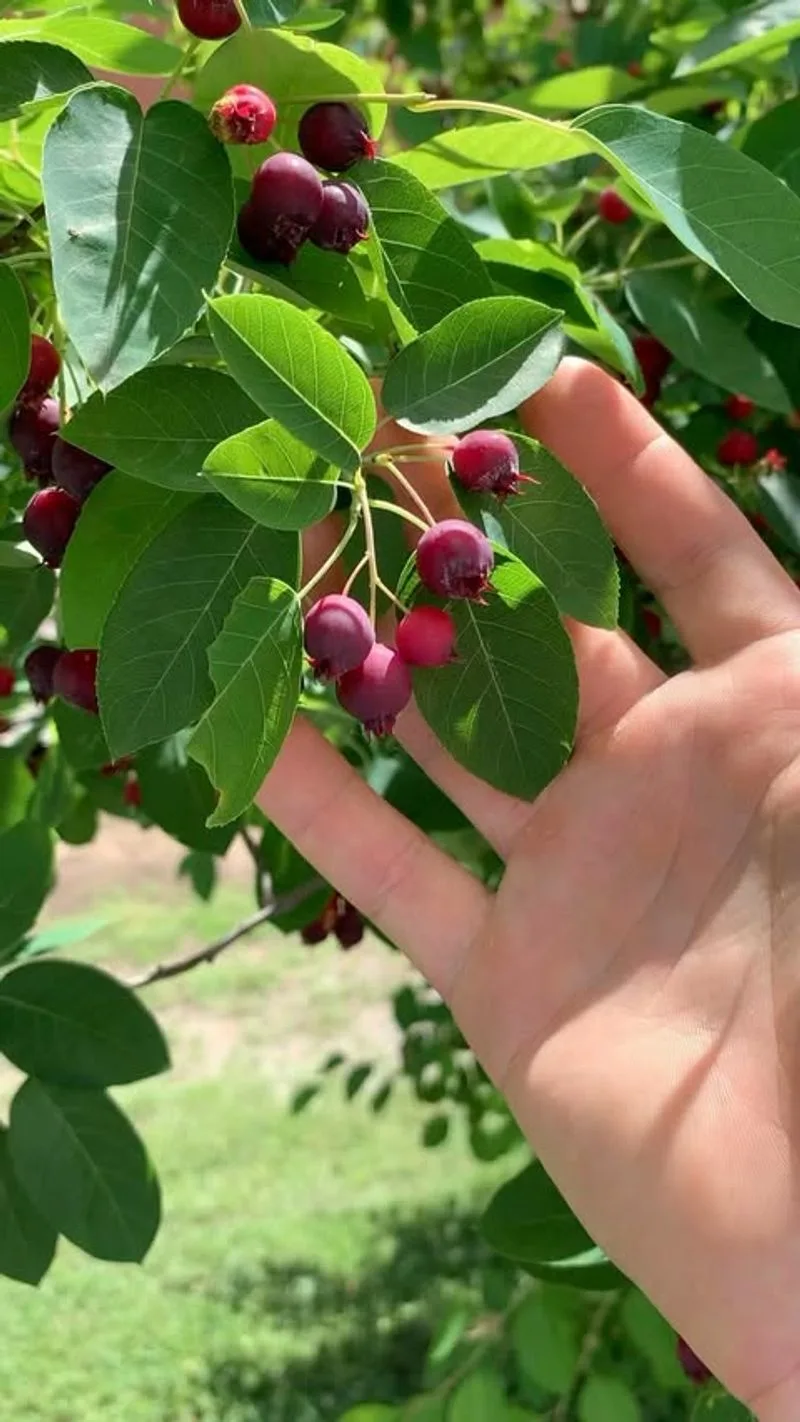
Serviceberries are a delight with their sweet, nutty flavor and ornamental value. The shrubs or small trees produce abundant berries that are great for fresh consumption or making pies.
They adapt well to various soil conditions and climates, thriving in full sun to partial shade. Regular watering in dry periods supports optimal berry development. Their early blossoms attract pollinators, adding ecological benefits.
Cranberry (Vaccinium macrocarpon)
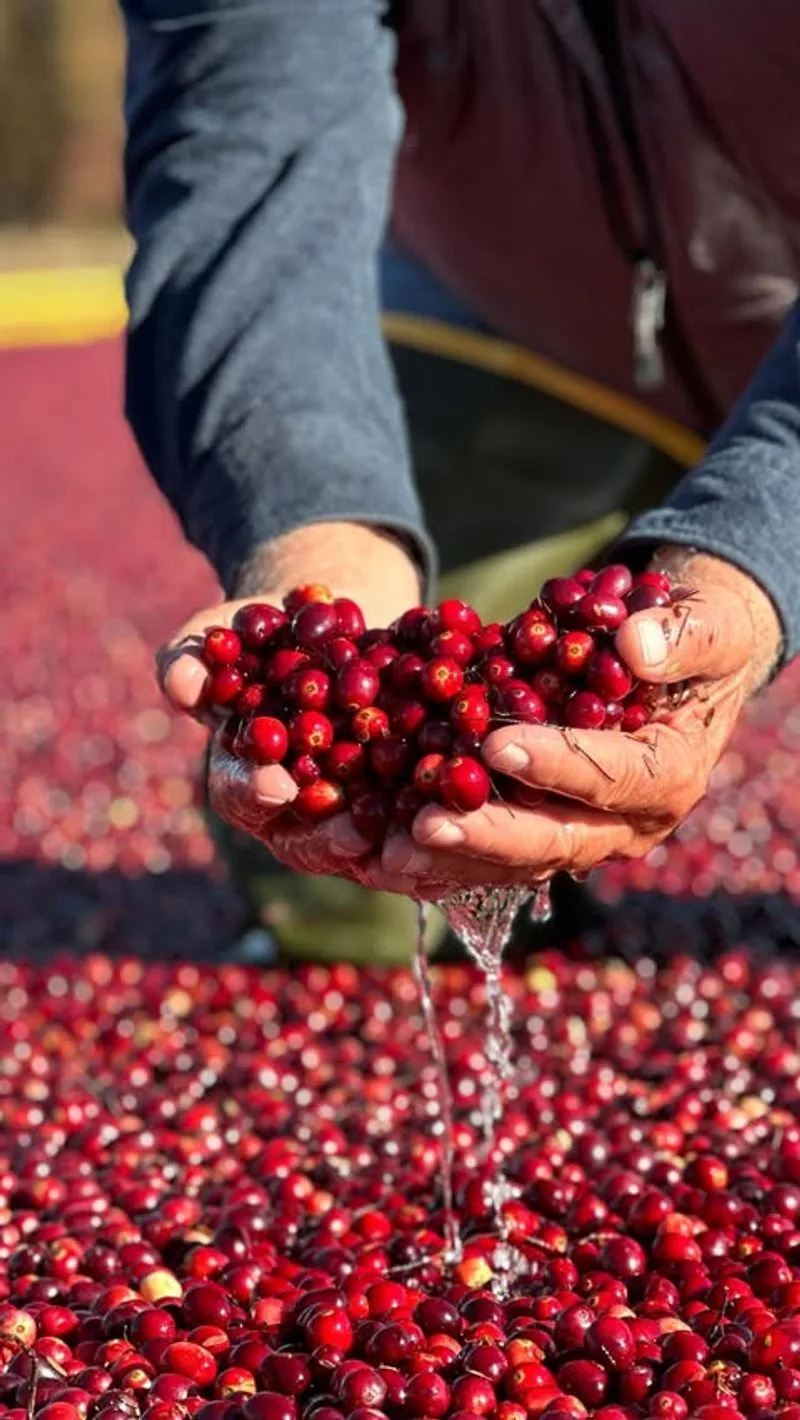
Cranberries might evoke images of bogs, but they can be grown in garden beds with proper care. These tart berries require acidic, well-drained soils and prefer full sun to produce the best yields.
Plant them in containers or raised beds to manage soil conditions effectively. Regular watering is essential, especially during flowering and fruiting stages, to ensure a bountiful harvest.
Huckleberry (Vaccinium membranaceum)
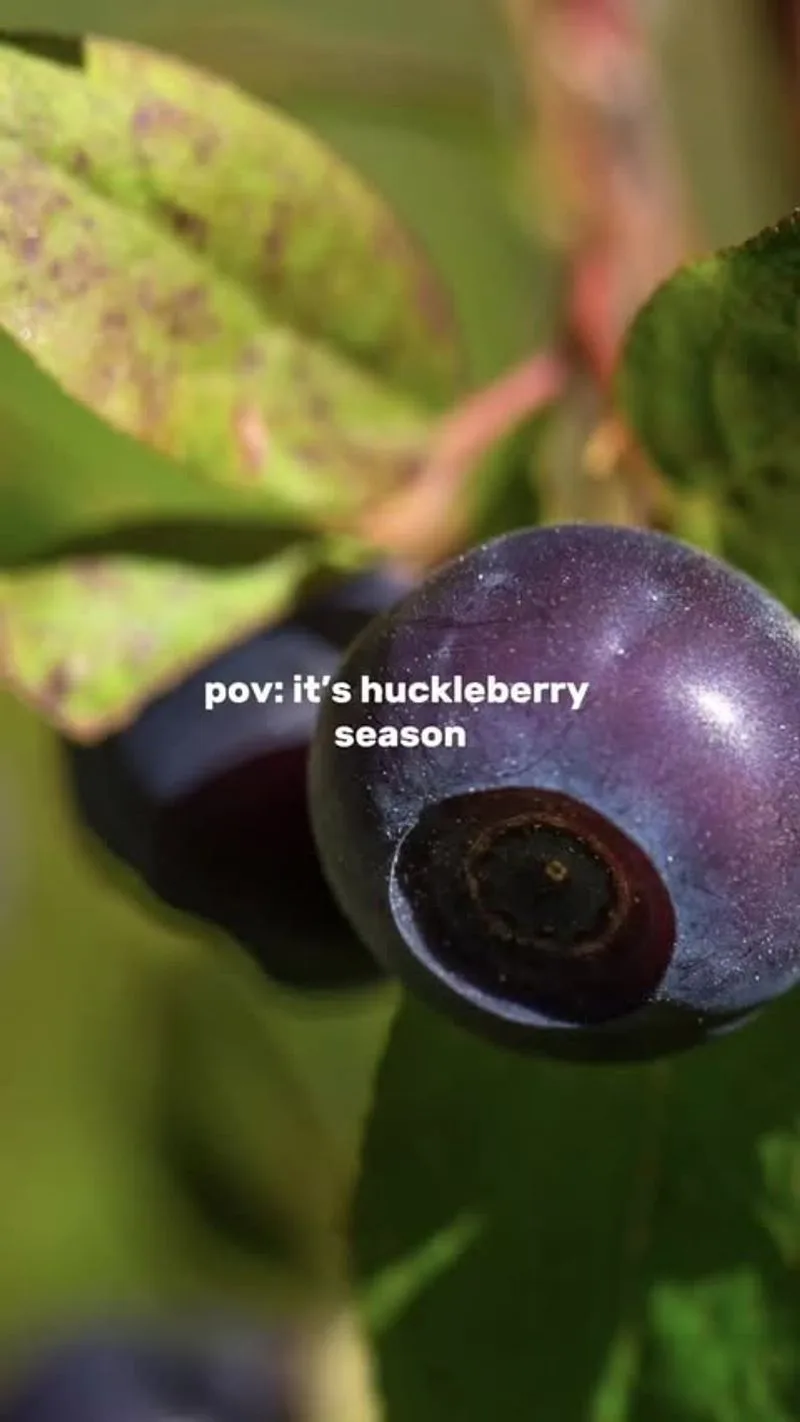
Huckleberries are known for their rich, sweet flavor, making them a sought-after treat. These berries grow best in acidic, well-drained soils and are often found in mountainous regions. They enjoy a sunny to partially shaded spot in the garden.
Patience is key, as they may take a few years to establish, but the reward of abundant fruit is worth the wait. Pruning helps manage their size and encourages fruiting.
Gooseberry (Ribes uva-crispa)
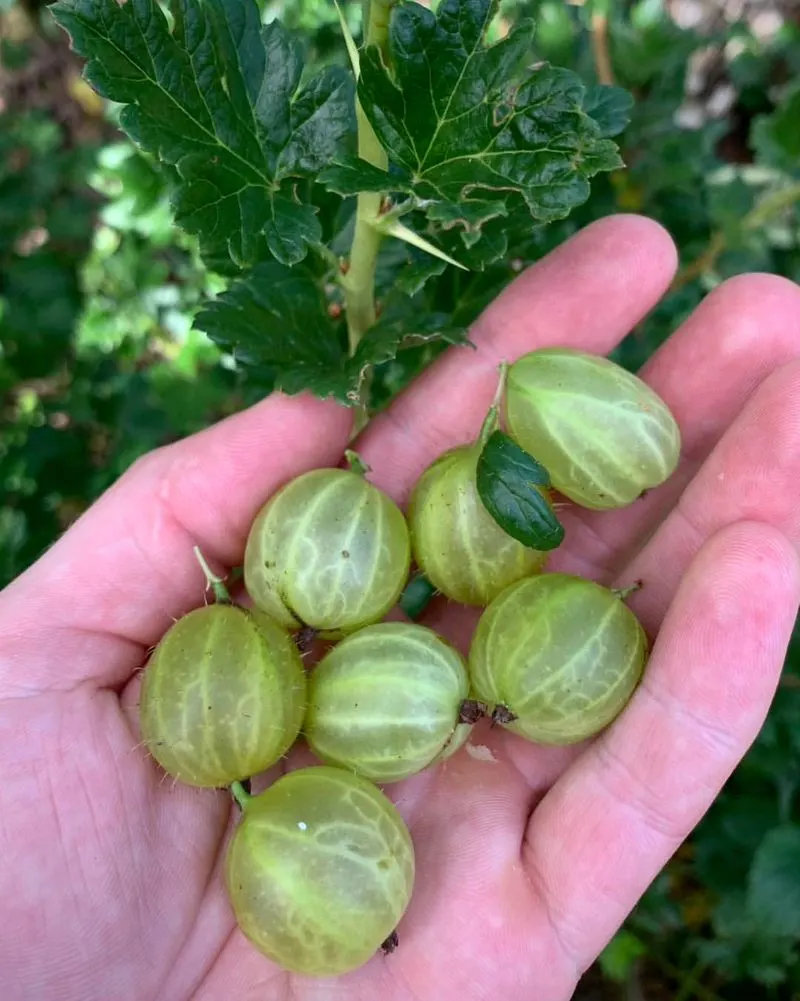
Gooseberries bring a tangy sweetness that enhances desserts and preserves. These resilient plants adapt to various soil types and climates, making them a versatile choice.
They thrive in sunny spots but tolerate partial shade. Regular pruning keeps them productive and manageable. Gooseberries are self-pollinating, but planting multiple bushes can increase yield. Harvest them when they are firm and colorful for the best flavor.
Chokeberry (Aronia melanocarpa)
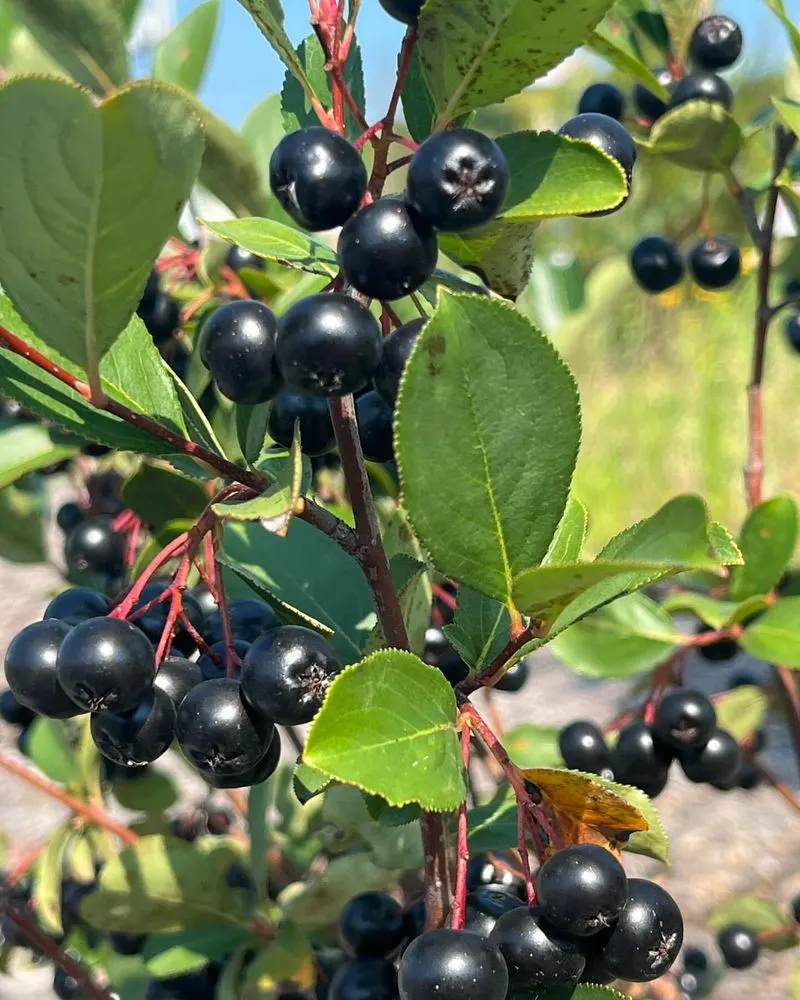
Chokeberries may have an intense name, but their tartness mellows when cooked. These bushes add aesthetic value with their seasonal foliage changes, thriving in wet, well-drained areas. Full sun to partial shade suits them well.
They are low-maintenance and resistant to pests, making them a reliable choice. The berries are perfect for jams and juices, offering both culinary and health benefits.
Mulberry (Morus spp.)
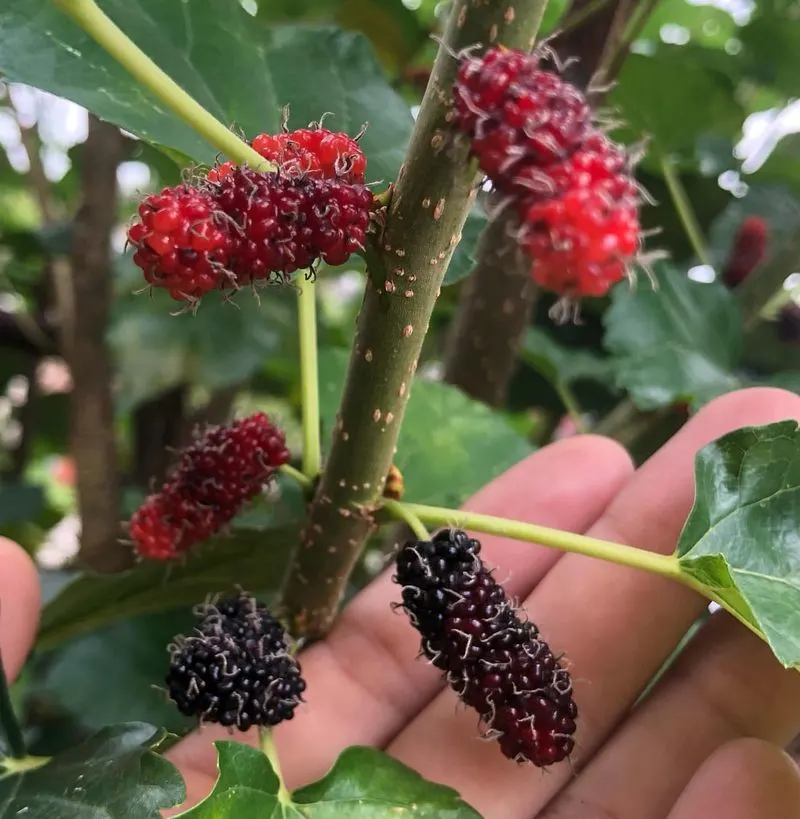
Mulberries are a delightful, juicy treat that can be enjoyed fresh or dried. These trees are adaptable and grow in a wide range of soils and climates.
They prefer full sun and benefit from regular watering during dry spells. Mulberries are fast-growing and can reach considerable sizes, providing ample shade. Pruning helps control their size and encourages a more manageable harvest. Birds also love mulberries, so consider netting to protect the fruit.
Bearberry (Arctostaphylos uva-ursi)
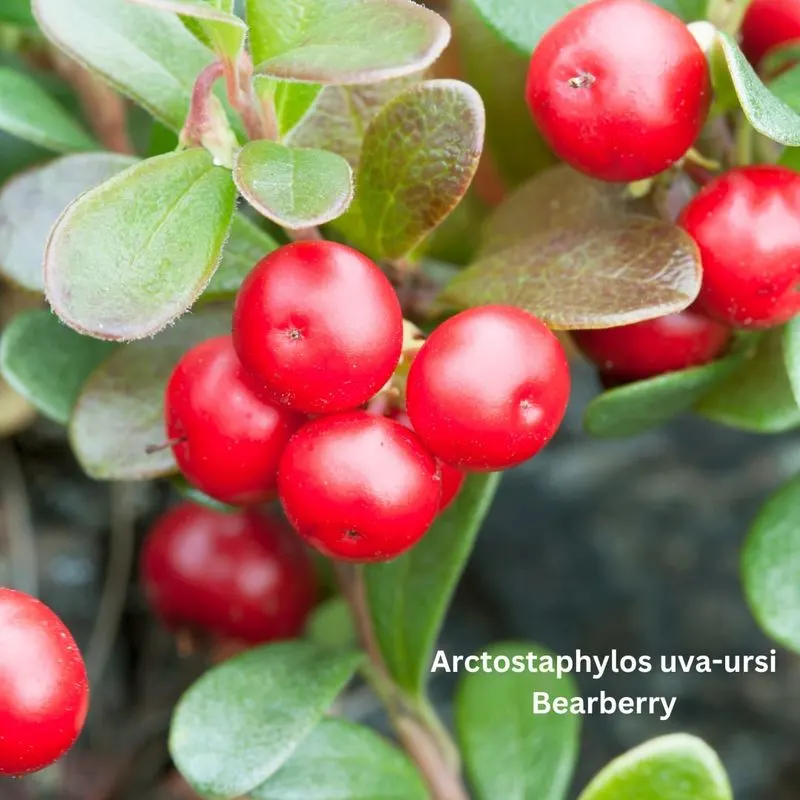
Bearberries are hardy plants known for their bright red berries and evergreen foliage. They thrive in poor, sandy soils and are perfect for rock gardens or as ground cover.
Bearberries require full sun to part shade and are drought-tolerant once established. While the berries are edible, they are more often used in traditional medicines. Their low maintenance needs and ornamental appeal make them a garden favorite.
Buffaloberry (Shepherdia argentea)
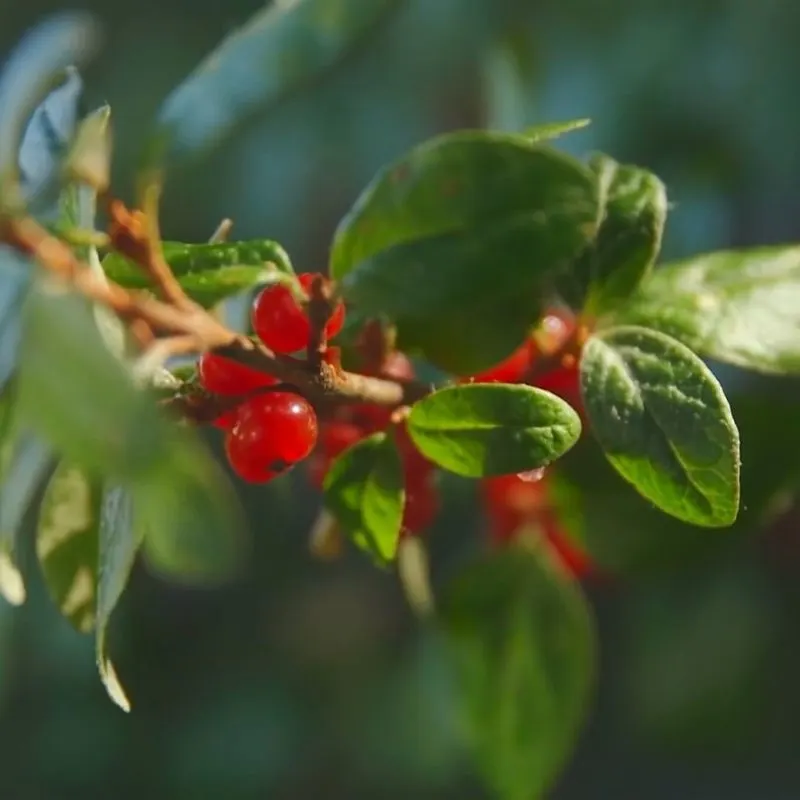
Buffaloberries offer a tart flavor perfect for culinary uses like sauces and jellies. These shrubs are remarkably resilient, thriving in dry, sandy conditions typical of prairies.
They prefer full sun and require little water once established, making them a drought-tolerant option. Buffaloberries also contribute to soil improvement by fixing nitrogen. Plant them as a part of a drought-resistant garden to add both beauty and functionality.

